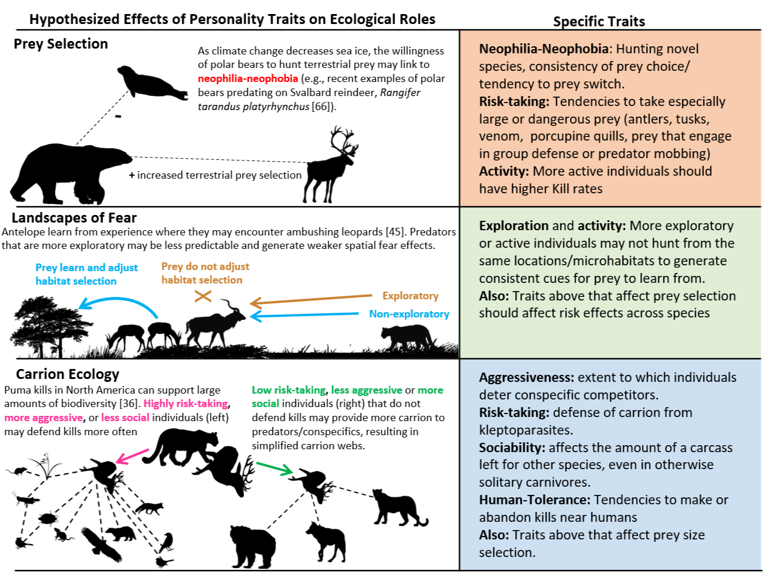Research Interests
As a behavioral ecologist my interests focus strongly on interactions between individual animals and their competitors and predators. I’m interested in how humans can reshape ecological webs through changes in animal behavior and how we can mitigate these effects to better coexist with wildlife.
FEAR ECOLOGY
Fear of predators can strongly affect animal decision-making. My PhD focused heavily on predator-prey interactions in the Soutpansberg mountains of northern South Africa and much of my work was conducted in the rare Afromontane mistbelt forest.
Most recently I tested ABRs with Andy Allan (Leverhulme Research Fellow, Durham University) to investigate whether the colonization of the large northeastern coyote has maintained a fear of canids where Algonquin wolves are now extirpated in the Adirondack mountains of NY. We are now deploying these ABRs to explore how predators and prey respond to risk in the Soutpansberg.
.gif)
INDIVIDUAL BEHAVIOR
Wildlife populations are made up of heterogeneous individuals who differ in traits such as body size, reproductive status, age, behavioural tendencies (e.g., due to latent personality traits), and sex. The role inter-individual variation plays in predator community interactions has been studied in micro/mesocosms, but less so for animals inhabiting natural environments. While some research does show that many individual predators specialise in certain prey species, most wildlife research still overlooks how phenotypic variation might impact natural behavioural patterns and ecological dynamics. Within-species phenotypic and behavioural diversity may also help explain variation in individuals’ abilities to be resilient to human presence and rapid environmental change. I’m especially interested in how individual traits can lead to individuals fulfilling distinct ecological roles (see: “Keystone Individuals - – linking predator traits to community ecology” in Trends in Ecology and Evolution). This work is conducted in collaboration with Andy Allan of Durham University.

ATLAS ANIMAL TRACKING: VIOLENT INTERGROUP CONFLICT IN BANDED MONGOOSE
I am now working with Prof. Michael Cant’s group at the University of Exeter Centre for Ecology and Conservation to set up an ATLAS tracking system to monitor the movement ecology of banded mongoose within Uganda’s Queen Elizabeth National Park. This system should allow us to have near real-time data on the movement of individuals and groups and allow us to determine where and when social groups interact.